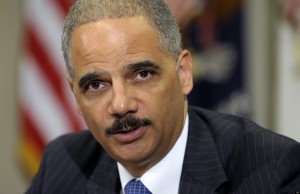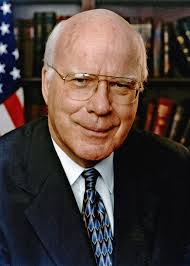Marijuana Legalization and Regulation in Colorado: A Year in Review
On November 6th 2012, Colorado Amendment 64 was passed, outlining a new use and regulation policy for cannabis, making Colorado the first state in the country to legalize personal use and regulation of Marijuana.
As one might expect, it took some time for the measure to break through all the bureaucratic red tape. Shortly after passing Governor John Hickenlooper was quoted as saying “This will be a complicated process, but we intend to follow through. That said, federal law still says cannabis is an illegal drug, so don’t break out the Cheetos or Goldfish too quickly.” It wasn’t until two years later on January 1, 2014 when the first stores opened up for business statewide. It’s now been a little over a year since Article 18, Section 16 of the Colorado state constitution was enacted, allowing for personal use and regulation of marijuana for adults 21 and over.
There’s now overwhelming statistical data outlining the positive effect sweeping regulation reform has had on the state. From crime to tourism to real estate, it seems like it’s only a matter of time before more and more states begin to follow the precedent that Colorado has set. In fact, three more states (Washington, Oregon and Alaska) as well as the District of Columbia, have already followed suit. Even the most outspoken critics of legalization are finding it hard to argue with the metrics showing the boost in those states economic and job growth.
According to Marijuana Policy Project (MPP), crime in Denver, the city with the largest concentration of marijuana-related businesses, had a 2.9% decrease in overall crime from the previous year, including a 1.9% drop in violent crime. Additionally, between 2012 and 2013, the number of marijuana cases filed in state courts fell by 77%. Possession charges also fell 81%. Traffic fatalities also dropped by 3% in the first year of legal marijuana sales in Colorado.
When the law first passed, the opposition was convinced outright legalization would lead to an increase in the number of teens and adolescents who use marijuana. However, not only has teen marijuana use not risen since 2012, it’s actually dropped within the margin of error from 22% in 2011 to 20% in 2013. While this can probably be attributed to a few different factors, a lot of it has to due with campaigns making parents as well as teens aware that just like alcohol, marijuana will have a adverse effect on brain and cognitive development. Colorado business owners are also doing their part, as string operations conducted by state regulators and police found 100% compliance with the rules and regulations pertaining to selling to minors.
While it’s great to see the aforementioned numbers go down, it’s the numbers that went up that are getting the most attention. In the first 11 months of retail marijuana sales, Colorado collected over $67.6 million in fees and taxes from new marijuana businesses. Of that, $2.5 million has been set aside to allow schools to hire heath professionals. This year, it’s estimated that marijuana tax revenue contribution to the Department of Education Building Excellent Schools Today (BEST) will surpass $10 million in grants.
It’s not just schools that are benefiting. Job growth in the private sector has seen an incredible jump. Nearly 16,000 occupational licenses have been issues for jobs created directly by Colorado’s marijuana industry. Also notable, collateral sector workers who have been retained by marijuana related businesses include: lawyers, accountants, construction workers, landlords, marketing agencies, security, insurance, transportation and indoor grow-supply equipment providers.
In 2014, Colorado was ranked the #1 fastest-growing economy among U.S. states by Business Insider. Accredit that to the fact that in 2013, Colorado home sales increased 26.3% while the prices of homes jumped 10%. 2014 also saw Colorado’s lowest unemployment rate in six years, highlighted by three consecutive years of uninterrupted job growth. Ski resorts statewide have seen record-breaking numbers, drawing 12.6 million visitors. Overall, tourists spent an all-time high of $4 billion dollars in Colorado in 2014.
In just one year, it’s safe to say the expectations pertaining to the legalization and regulation effort in Colorado have been exceeded across the board. With such encouraging numbers in the first year alone, it shouldn’t be a surprise to see more ballot initiatives being passed for states hoping to cash in on the “Colorado effect”.



